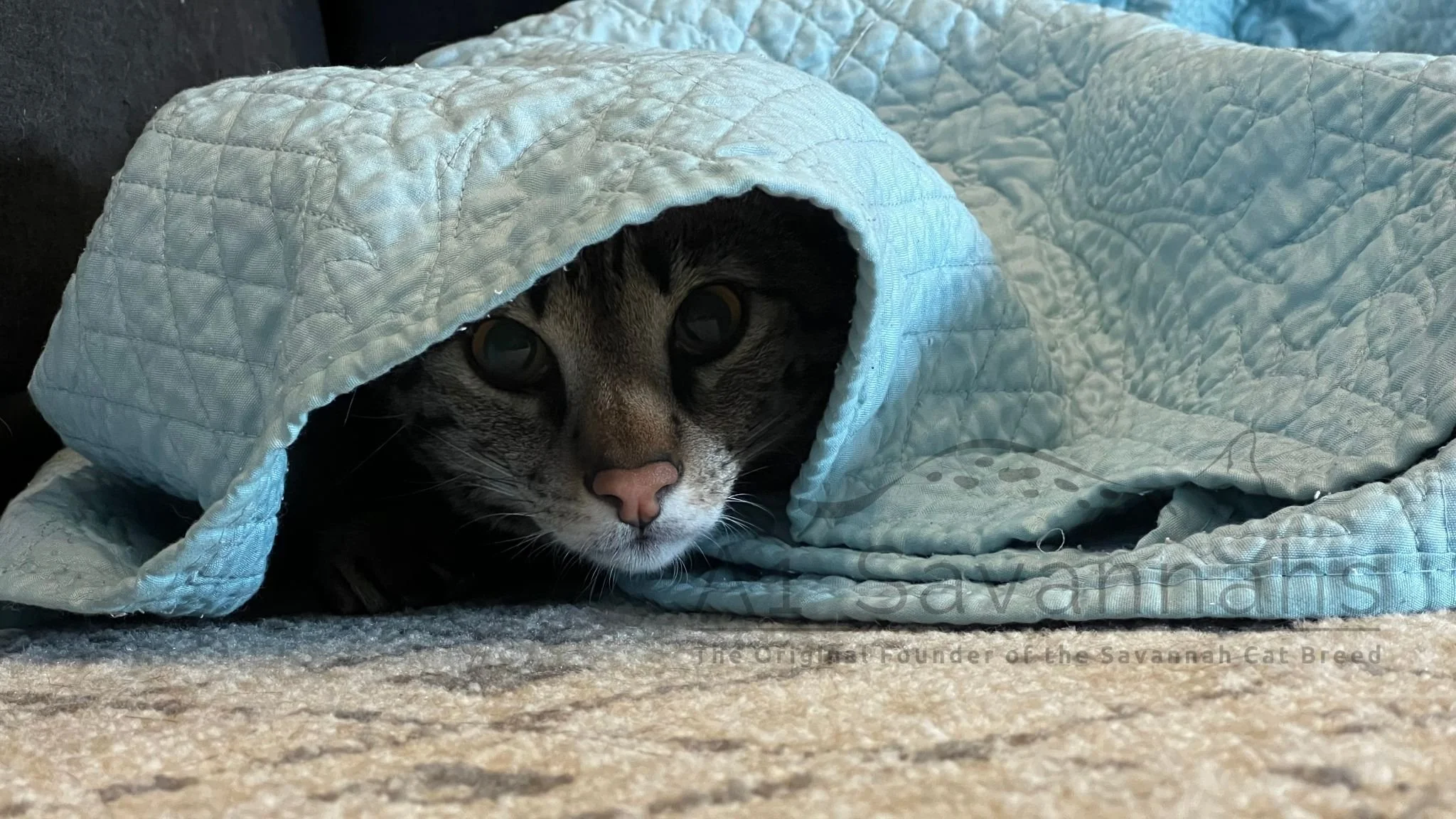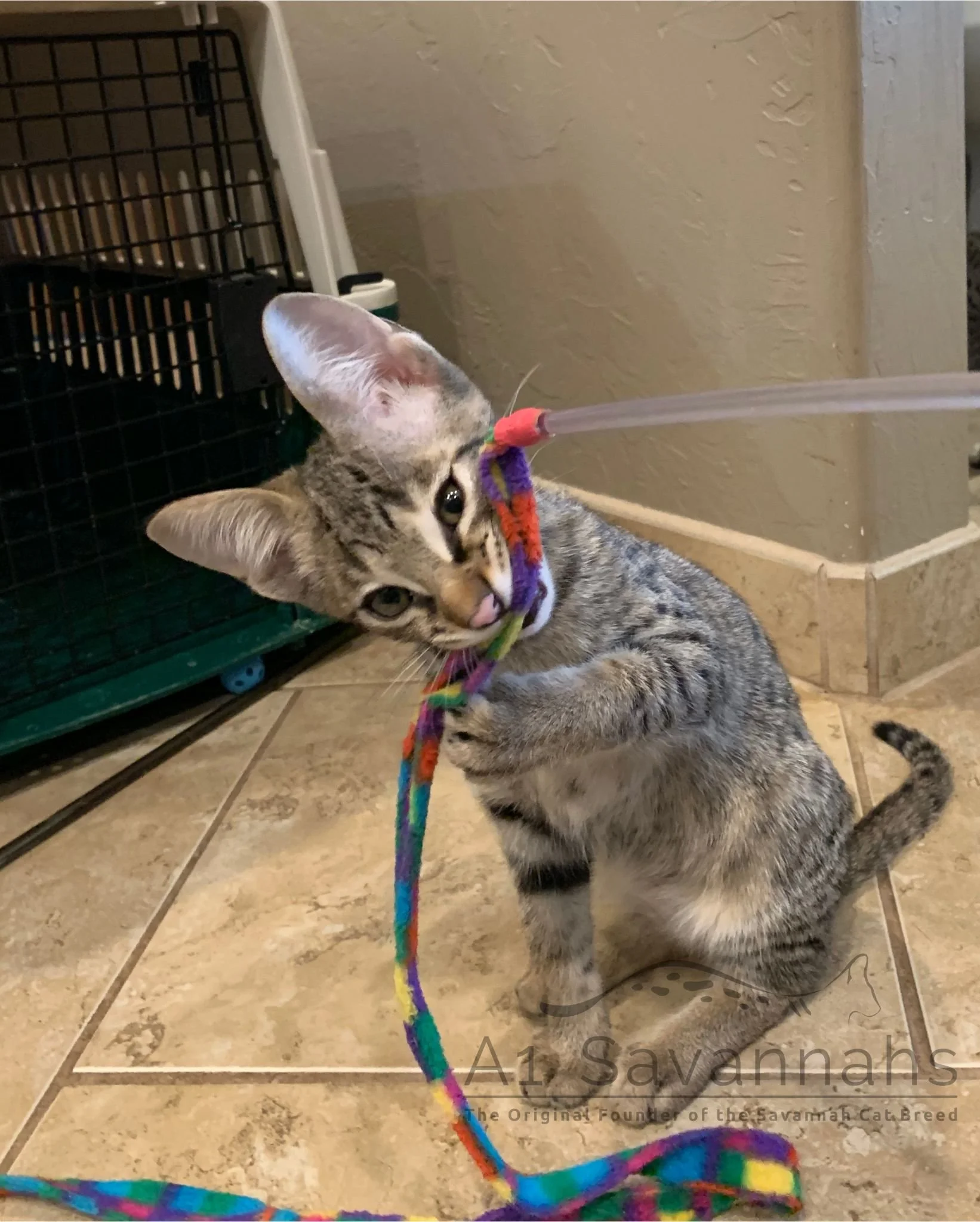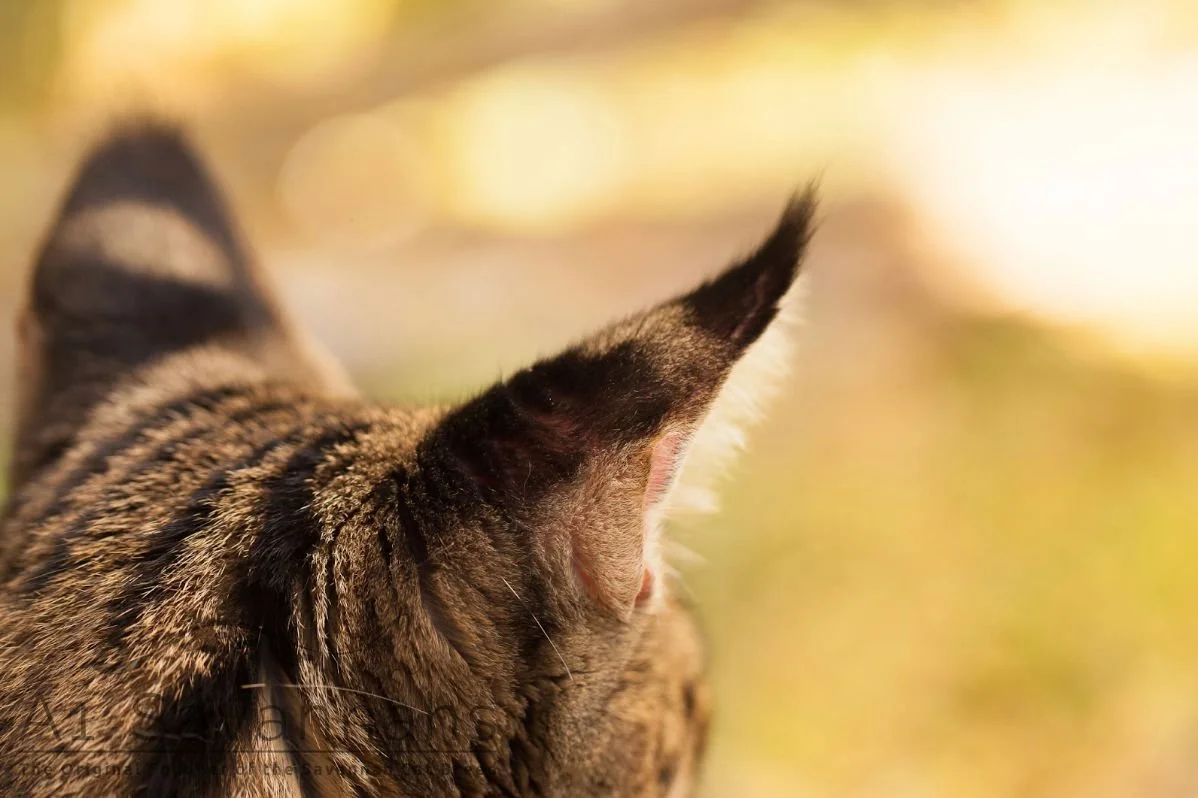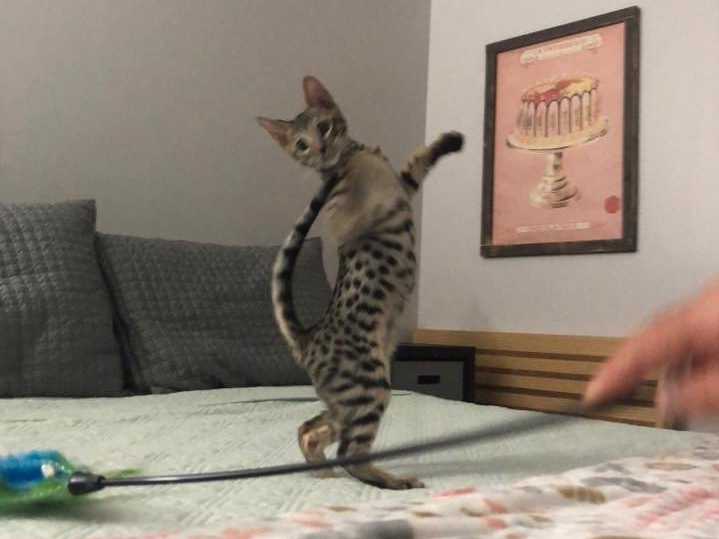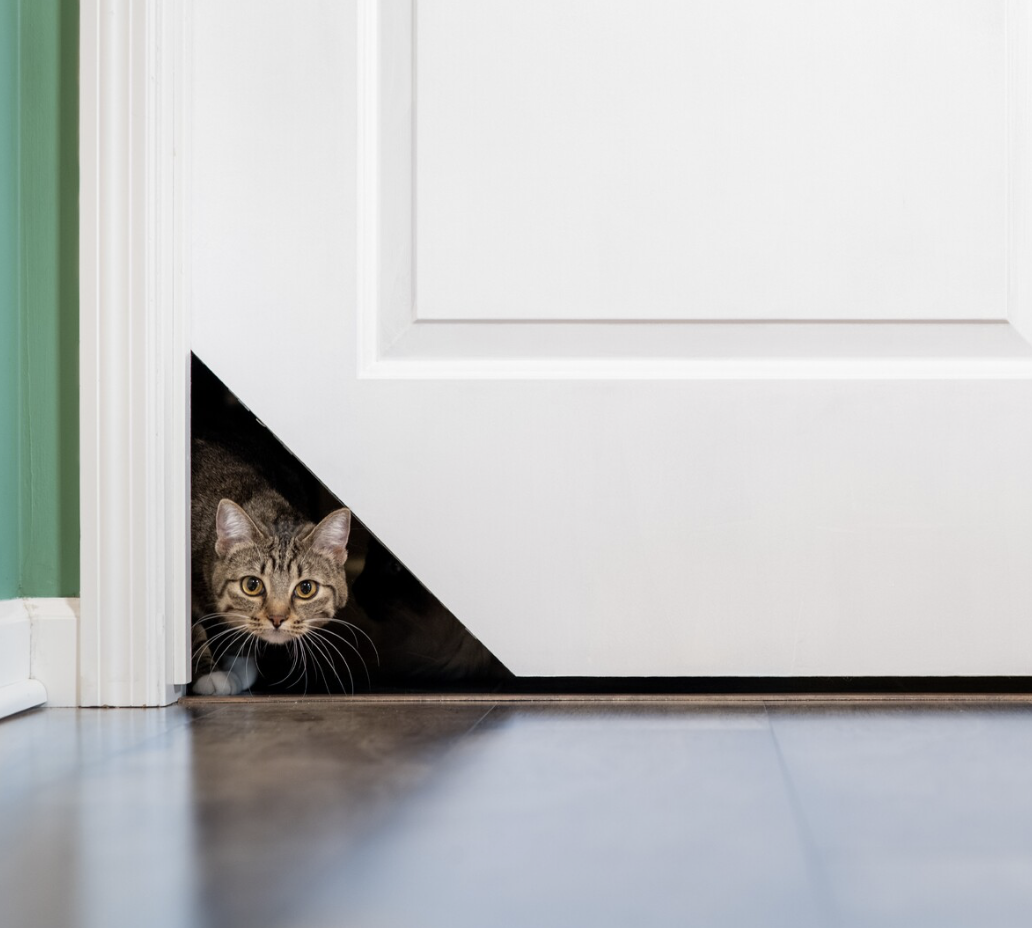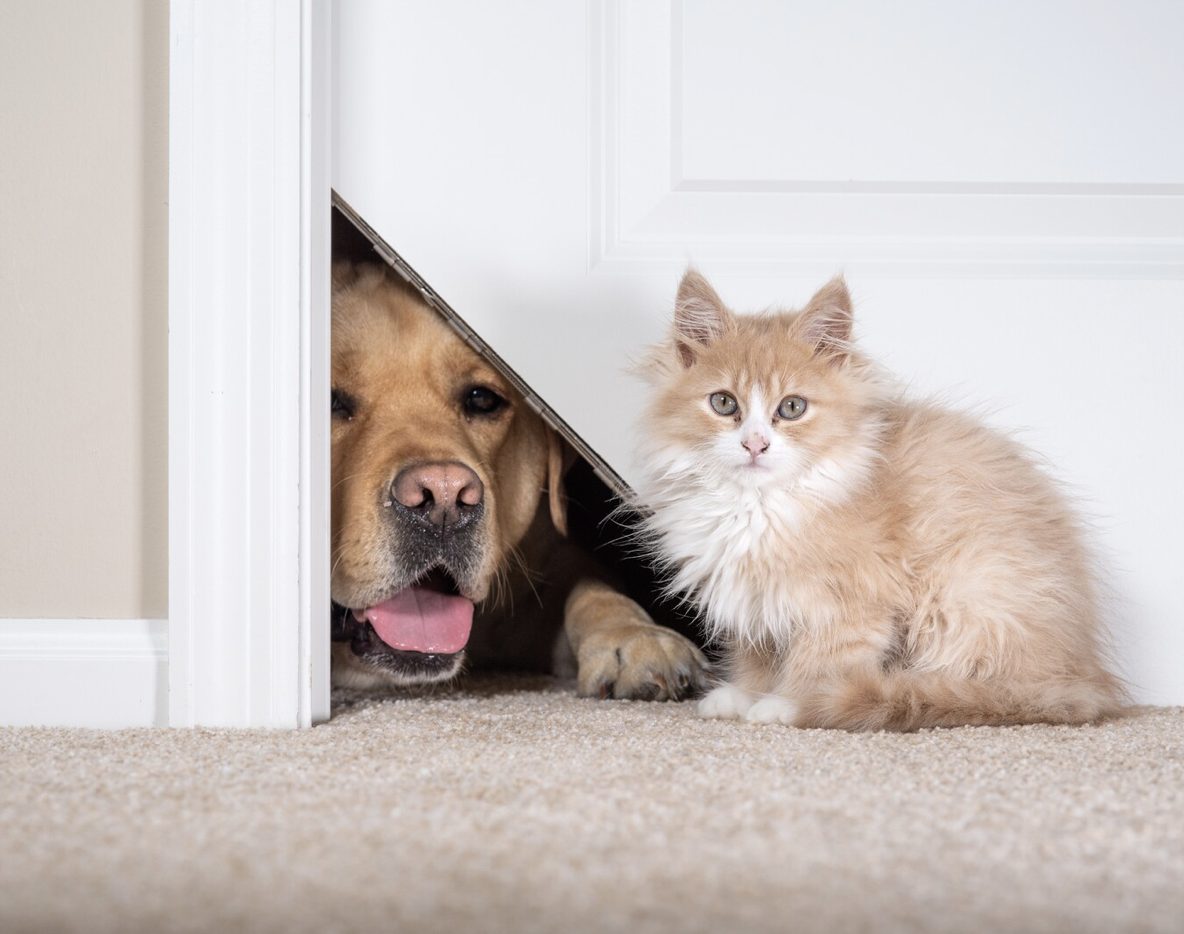Veterinary visits are essential for maintaining your cat's health, but they can be stressful experiences for both you and your feline companion. Cats are naturally territorial creatures who thrive on routine and familiar environments, making trips to the vet particularly challenging. However, with proper preparation and understanding of your cat's needs, you can significantly reduce anxiety and make these important appointments more manageable for everyone involved.
Understanding Why Cats Find Vet Visits Stressful
Cats experience stress during veterinary visits for several interconnected reasons. The unfamiliar smells, sounds, and sights of a veterinary clinic can overwhelm their sensitive senses. The presence of other animals, particularly dogs, can trigger their natural fight-or-flight response. Additionally, being handled by strangers and undergoing medical examinations activates their survival instincts, as cats instinctively hide illness and vulnerability in the wild.
The carrier itself often becomes a source of anxiety, as many cats only encounter it during stressful situations like vet visits or moving. This creates negative associations that can begin the stress response before even leaving home. Understanding these triggers is the first step toward creating a more positive experience.
Preparing Your Cat at Home
Successful vet visits begin with preparation at home, ideally weeks before the appointment. Start by making the carrier a positive part of your cat's environment. Leave it open in a comfortable area where your cat spends time, placing familiar bedding, treats, or toys inside. Feed your cat near or inside the carrier to create positive associations.
Practice short car rides when your cat isn't going to the vet, allowing them to become accustomed to the motion and sounds of travel. Gradually increase the duration of these practice trips, always ending with something pleasant like returning home or receiving treats.
Consider using pheromone sprays or diffusers containing synthetic feline facial pheromones, which can help reduce anxiety. These products mimic the calming scents cats naturally produce and can be applied to the carrier or used in your home before the appointment.
Choosing the Right Carrier and Transportation
The carrier you choose plays a crucial role in your cat's comfort level. Hard-sided carriers that open from the top are often preferable, as they allow veterinary staff to examine your cat without forcing them out of their safe space. Ensure the carrier is large enough for your cat to stand, turn around, and lie down comfortably.
Secure the carrier properly in your vehicle, preferably on the floor behind a seat or secured with a seatbelt to minimize movement during transport. Cover the carrier with a light blanket to create a den-like environment and reduce visual stimulation. Play calming music or maintain a quiet atmosphere during the drive.
Working with Your Veterinary Team
Communication with your veterinary team is essential for minimizing stress. When scheduling appointments, ask about quieter times of day or request to wait in a separate room if your cat is particularly anxious. Many clinics offer cat-only hours or have separate waiting areas specifically designed for felines.
Inform the veterinary staff about your cat's temperament, previous experiences, and specific triggers. This information helps them tailor their approach and handle your cat more effectively. Some cats respond better to slow, gentle movements, while others prefer quick, efficient examinations.
Consider asking whether certain procedures can be performed with your cat remaining in the carrier. Many routine examinations, vaccinations, and even some treatments can be administered this way, reducing the stress of being removed from their safe space. You can even schedule at-home euthanasia for a peaceful goodbye when the time comes.
Regular veterinary care is crucial for your cat's health and longevity. By implementing these strategies consistently, you can transform vet visits from traumatic experiences into manageable routine appointments, ensuring your feline companion receives the medical care they need while maintaining their emotional well-being.


